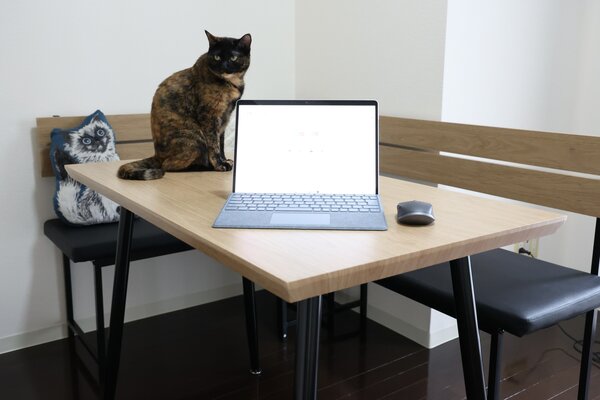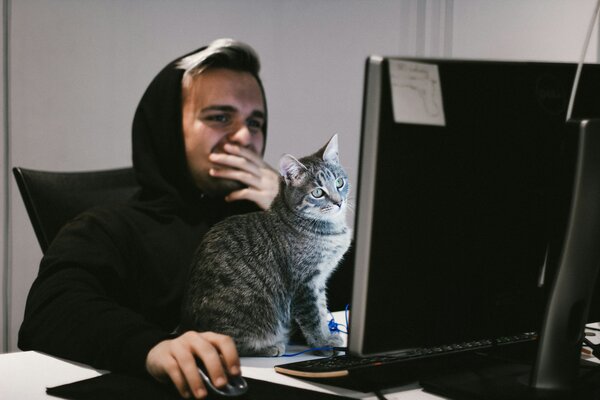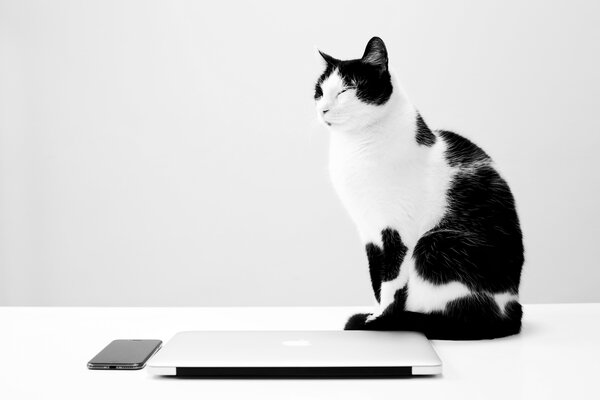
Focusing on the story and the reader – Part 1
When writing an article or news item, it’s so easy to be entirely focused on what you want to say instead of who you want to say it to. You look at your notes, think about the various topics you want to cover. And you get going.

How it starts out
You start writing down all the information that you want to convey. All the main points, and some of the details that you think could perhaps be of interest. This can result in a long and detailed text.
Most likely there is no logical connection between the different ideas that are being presented, they just follow each other in rapid succession. You re-read yourself and realise this and decide that you need to reorganise the content. This is where you can potentially get stuck.
Moment of insight
How can you structure your text in a way that makes sense? You have to take a step back from your text and look at it with critical eyes. This is when the questions come and doubt begins to seep into your mind.
How can you create a story that someone will want to read? How can you create interest in your subject? You need to do more than awaken someone’s interest. You want them to read the whole thing. And who exactly are you writing for anyway?
It’s easy to enter panic mode at this stage, especially when you realise that you don’t have all day to work on this article. It was supposed to be online yesterday.
And yet this is a crucial moment in the creative process. If you don’t step back and look at your work critically, and ask yourself these questions, you risk producing yet another boring article that no-one, or very few, will read. Almost no-one will remember what they read afterwards either. But don’t be disheartened.
Here’s how to change that.
The creative process

There is no universal definition of what the creative process is or what it looks like. It’s also very personal and subjective.
For our purposes, we’ll keep in mind that the final product is an article or news story for the web. We’re not talking about a painting, even though the creative process can be similar, at least in part.
I would argue that it starts with an idea, a moment of insight. It’s then followed by a creative outburst (writing). Then moments of pause and reflection, perhaps a change of direction, a back and forth between production and reflection. Several rounds of reviews, and finally a conclusion.
At long last, you have a finished story, ready to be published on your preferred channel.
Let's go through each step of the process, one at a time.
Finding the spark
What’s the idea behind the story that you want to write? What is your why? What is the message you want to convey and why is it important?
Brainstorming
Now just start writing. Don’t think about writing full sentences, just jot down ideas. No more than one line of text at a time.
If you go over to the next line, break it up into several lines and several ideas. This way you avoid the pitfall of trying to say two or three different things at once.
Do this until you run out of ideas of what you want to say.
Writing a story
Go through your draft and start by reorganising the content into chunks of text. These chunks of text should follow each other in a logical way.
You should be telling your reader a story, taking them on a journey from start to finish.
At this point in the process you'll naturally find yourself stopping to reflect and consider what path to take. This is a crucial part of your writing journey!
Stop and reflect

Read through what you have done and ask yourself some of the following questions:
The reason:
- Why do I want to write this?
- What do I want to achieve?
- What is my key message?
- What do I want the reader to do after reading my article?
The audience:
- Who am I writing this for?
- What do I know about my audience?
- How can I make my text relevant for them?
- What challenges are they facing that I can address?
I suggest jotting down some quick answers to each question and then reading through your text again, with these answers in mind.
Going back to the table: Production and reflection
Now that you've reflected on your text and found where it might be lacking it's time to jump back in and continue writing.
Adjust the text so that it better addresses these issues. Highlight or add comments to areas to come back to later.
Do some additional brainstorming or research if needed but don't get bogged down. Give yourself say 10–15 minutes per issue that you have encountered.
Before you take the next step
Now that you have addressed the questions above, you will have a better idea of the direction that your story needs to take.
The next part of the creative process is to review your work. This will require you to take a break from your project so that you can come back to it with fresh eyes.
It's difficult to review your own work without curiosity and an open mind. These are two things that you're unlikely to have if you've followed my advice and gone through all the steps above for the last hour or more.
This could sound like a luxury that you don't have but even just half an hour can be enough. I would encourage you to find more time and get some fresh air. Take your mind off this project and think about something else.
The next blog post will address the final steps of reviewing your work, finalising it and then planning its release.
Stay put or rather don't, follow my advice and go take a well-deserved break!
